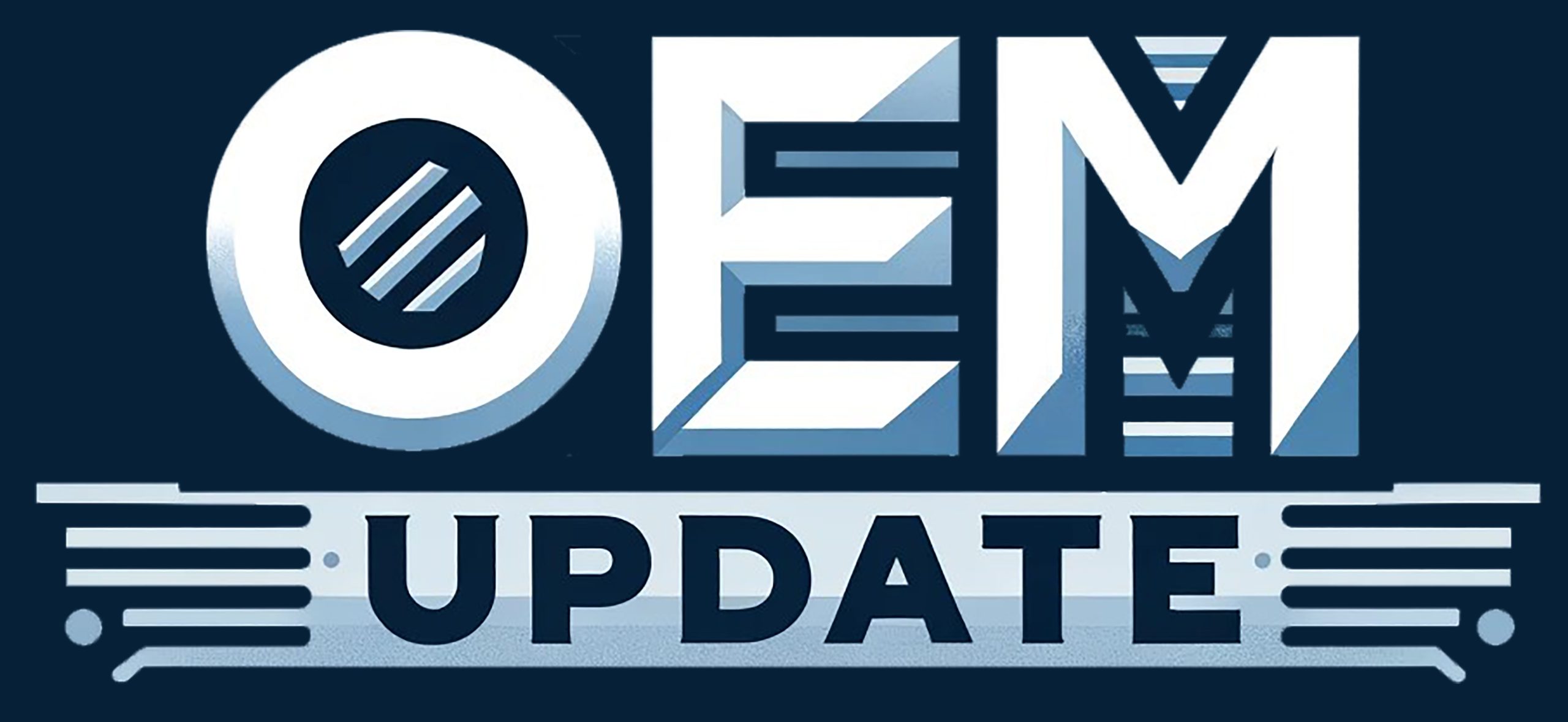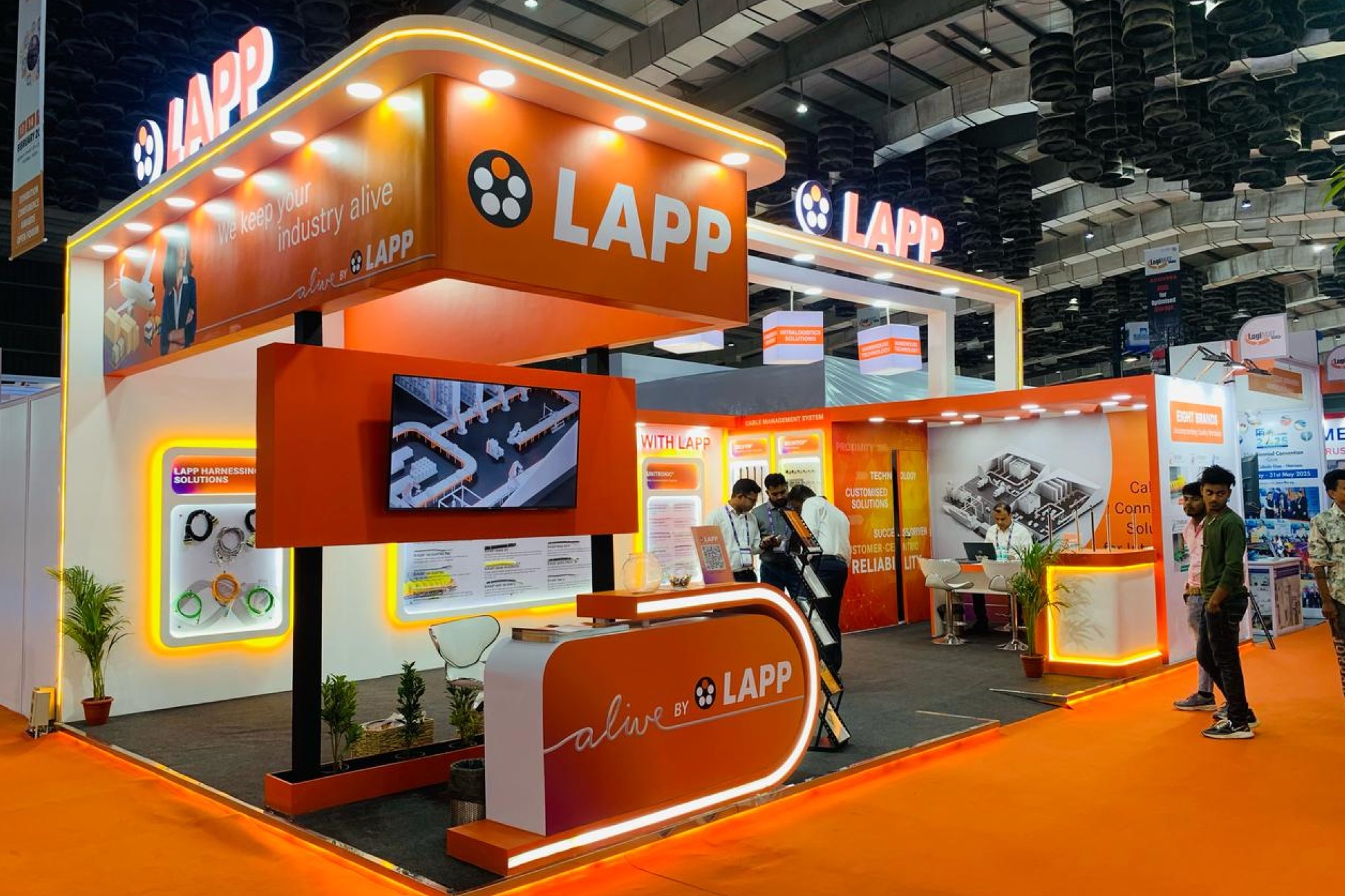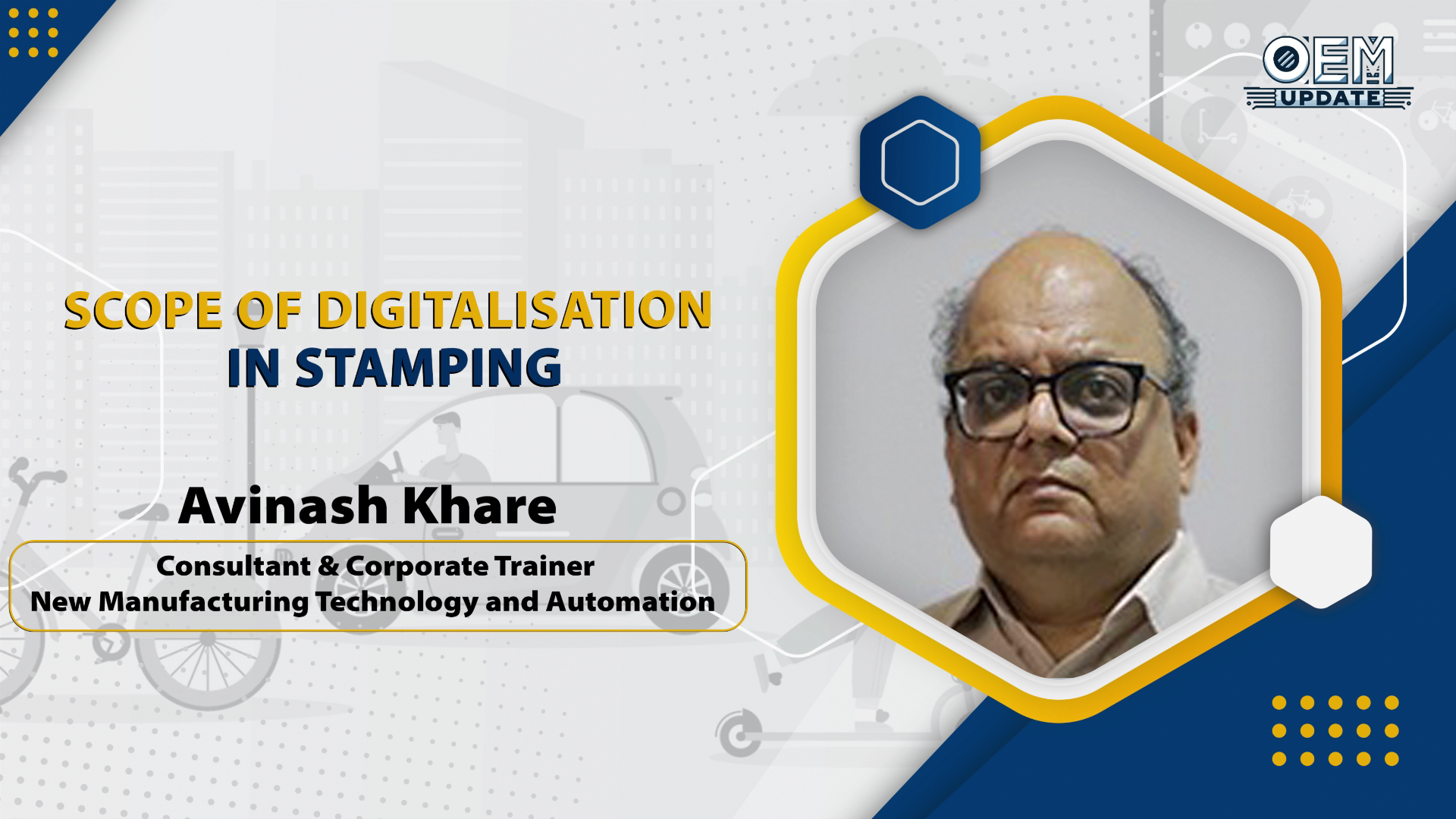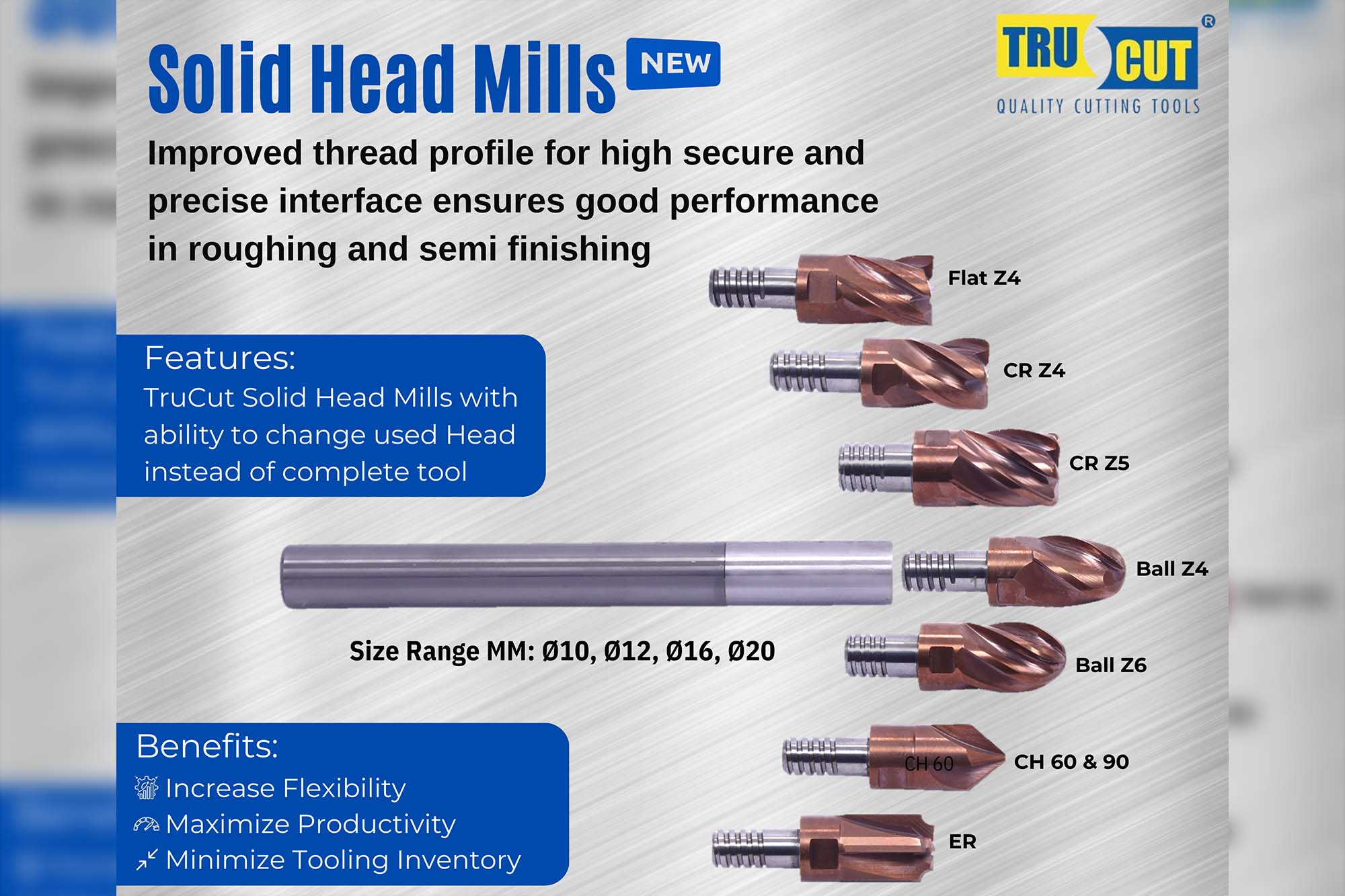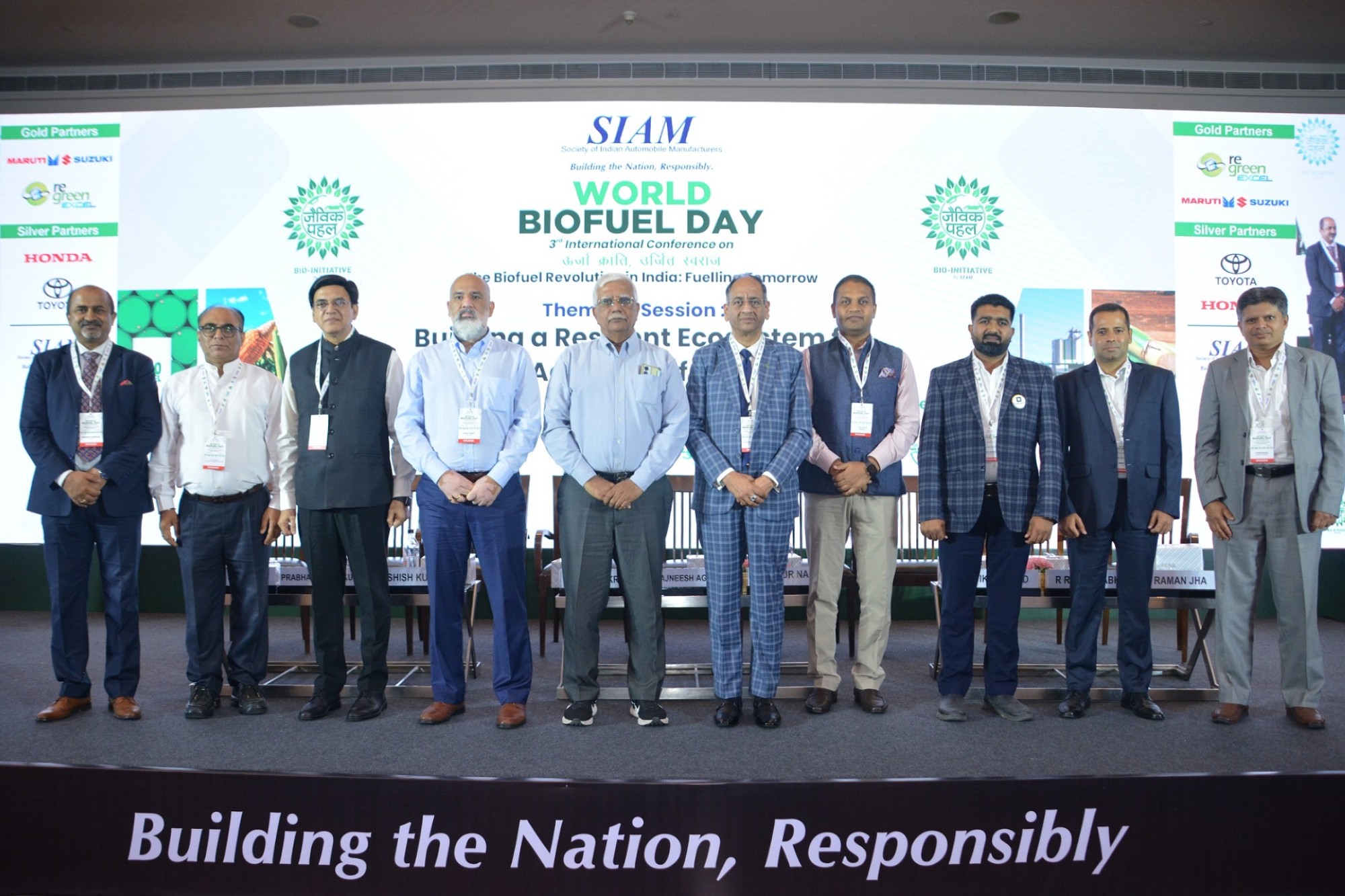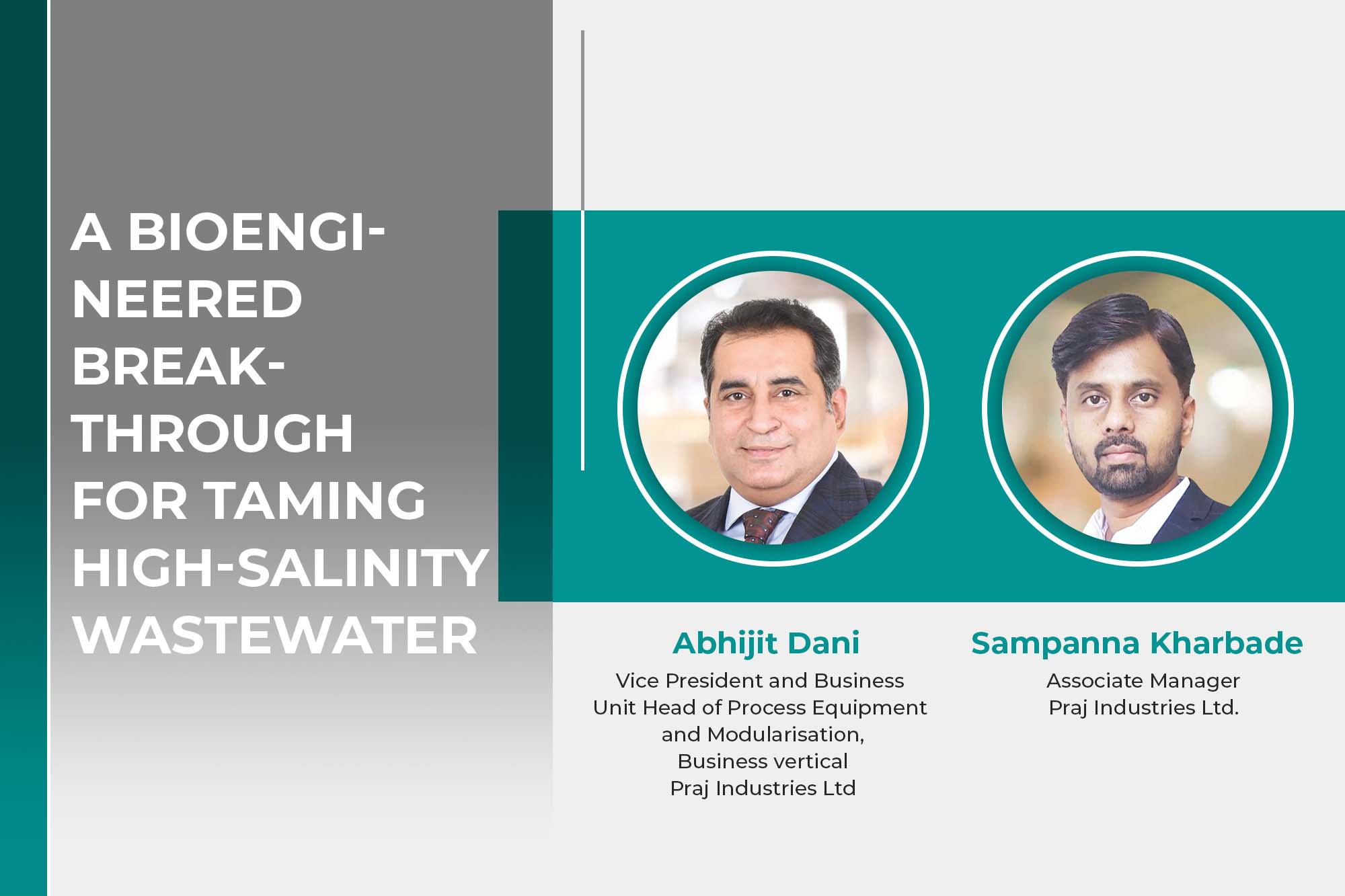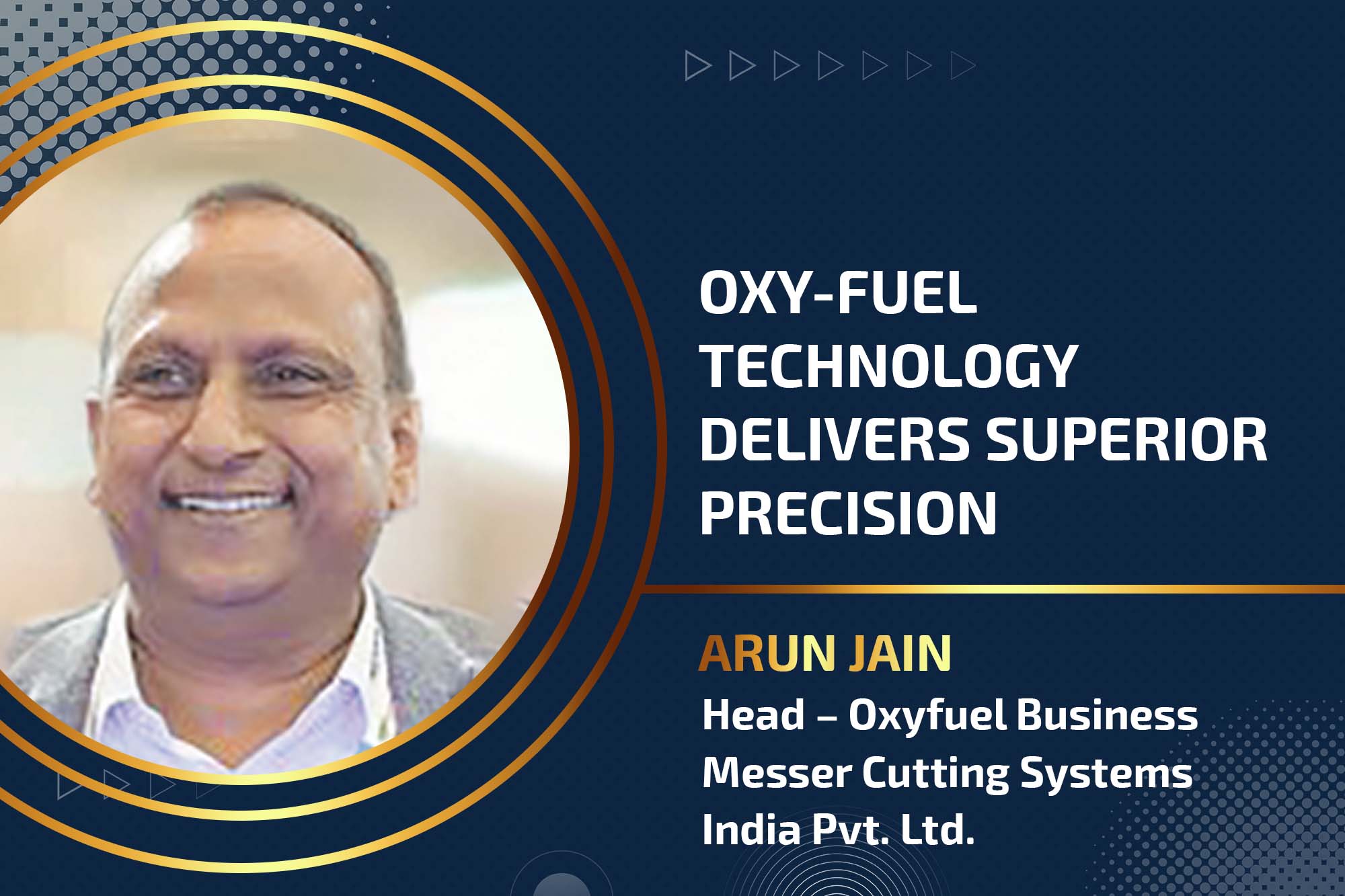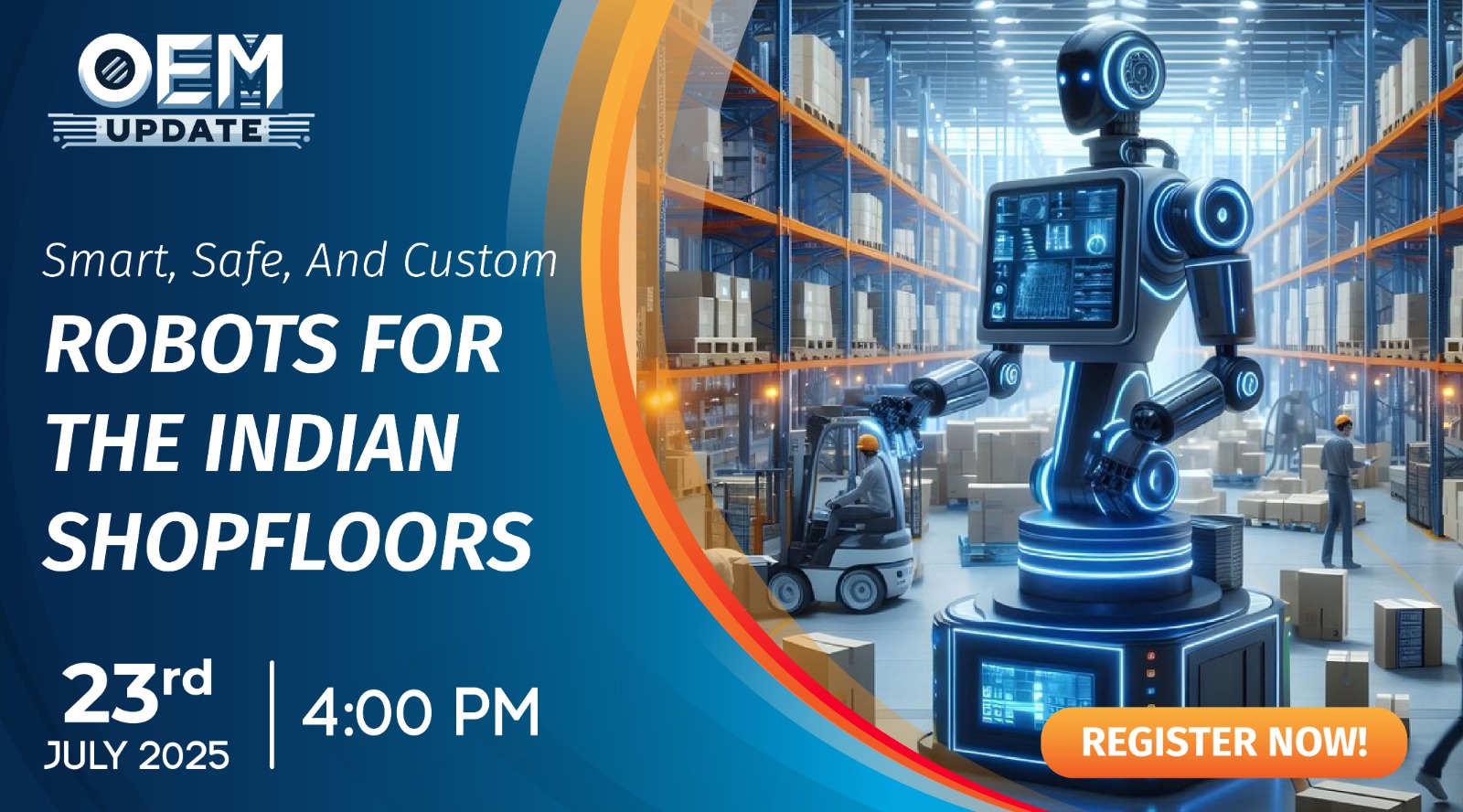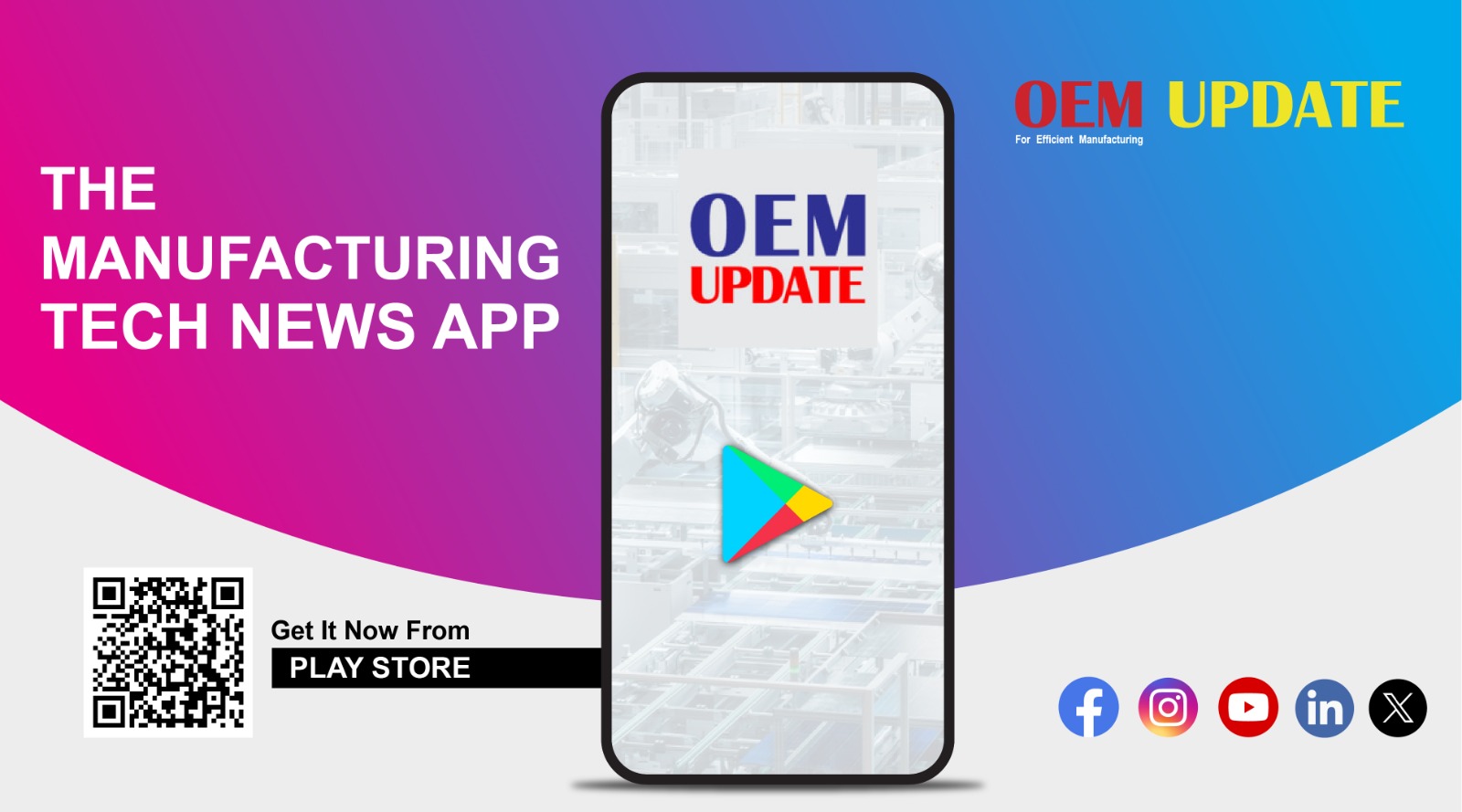Machine tools and advanced manufacturing
By admin January 23, 2013 6:27 am IST
Machine tools and advanced manufacturing
Vineet Seth, Managing Director (India & Middle East), Delcam Plc.
Machine tool is one the most important components of an advanced manufacturing solution. Vineet Seth, Managing Director (India & Middle East) at Delcam Plc, UK highlights the changing trend in machine tools sector and advantages of 5-axis machining
Machine tools as we know are machines that are primarily used to shape metals or other hard materials – usually by a subtractive manufacturing technique. These machines have come a long way in the past few decades and are now the backbone of the manufacturing domain. Drills, shapers, lathes, mills, borers, broachers, and grinders etc. are a few conventional machines that were automated by computers, and thus began the era of the Computer Numerical Control (CNC) machines. While the early goal of a CNC was to automate processes and reduce human effort / errors, the current generation CNC machines are far ahead in comparison to their ancestors – both in terms of accuracy, size and speed. Advancements in drive technology, spindles, bearings, amongst others, have made today’s CNC machines more precise and cost-effective at the same time. It is due to these reasons that the ubiquitous lathe/mill in every small machine shop will soon be replaced by CNCs in the near future.
As a result of technology that is changing every day, machine tools are increasingly turning into miniature flexible manufacturing systems. The days are past, when customers used to procure machine tools based on the optimal bed size, weight bearing capacity and spindle speed. Most productivity and quality conscious manufacturing houses are now looking at a value-add much beyond heavy depth of cuts and high spindle speeds. To stay in tune with the market requirements, machine tool builders are now offering complete tooled up solutions to end customers. These include the liaising with tooling & fixture suppliers, CAD/CAM suppliers and the control system – with a view to optimise the machine for a variety of applications for a specific customer. The tooling up process includes the cost of optimising the machining of an agreed number of parts – that are programmed and machined with expert inputs from leading tooling, CAD/CAM and fixture companies. While this process may be considered slightly more expensive than buying a ‘no-frills’ machine, it adds a lot of value to the buyer – and saves them a large chunk of money that would otherwise be spent in scouting for the right blend.
So, what are the factors that make a machine tool efficient? The answer can be broadly classified into three segments – the machine tool itself (its construction, controls and kinematics), the CADCAM software and the cutting tool.
Turning centres and grinding centres are more or less programmed manually even today – and at most times this is sufficient to get the job done effectively. When we look at machining centres, that is where we see that the machine tool alone cannot suffice the minimum requirements to get the job done – but is one the most important components of an advanced manufacturing solution. The most common of such machining centres are the Vertical Machining Centres and the Horizontal Machining Centres. The more advanced ones are the multi-axes machining centres where, in addition to the three basic linear axes, an additional fourth or a fifth rotary axis is also available. These five axis machines are normally classified as: • Head – Head (all additional axes on the machine head)• Head – Table (additional axes distributed between the machine head and table)• Table – Table (all additional axes on the machine table). 5-axis machining is used for aerospace, tool-making, automotive, medical, dental, shoe and electronics applications. The main advantage of 5-axis machining is the ability to save time by machining complex shapes in a single set-up. Additional benefit comes from allowing the use of shorter cutters that permit more accurate machining.
Positional 5-axis machining and continuous 5-axis machining are the two possibilities within this technology. Positional 5-axis machining allows creating 3 axis tool-paths using different work-planes for alignment – thus requiring multiple set-ups, while Continuous 5-axis machining allows the user to create continuous 5-axis tool-paths across complex surface, solid and triangulated models, in a single setup. Each comes with its benefits as described below.
Cookie Consent
We use cookies to personalize your experience. By continuing to visit this website you agree to our Terms & Conditions, Privacy Policy and Cookie Policy.
